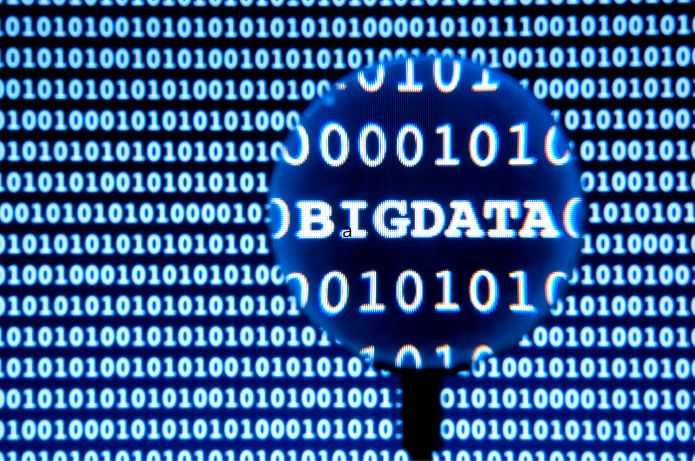Definition:
Big Data refers to extremely large and complex datasets that cannot be processed, stored or analyzed efficiently using traditional data processing methods. These data are characterized by their volume, speed and variety, requiring advanced technologies and analytical methods to extract value and meaningful insights
Main Concept:
The goal of Big Data is to transform large amounts of raw data into useful information that can be used to make more informed decisions, identify patterns and trends, and create new business opportunities
Key Features (The “5 Vs” of Big Data):
1. Volume
– Massive amount of data generated and collected
2. Speed
– Speed at which data is generated and processed
3. Variety
– Diversity of types and sources of data
4. Veracity
– Reliability and accuracy of the data
5. Value
– Ability to extract useful insights from data
Big Data Sources:
1. Social Media
– Posts, comments, likes, shares
2. Internet of Things (IoT)
– Sensor data and connected devices
3. Commercial Transactions
– Sales records, purchases, payments
4. Scientific Data
– Results of experiments, climatic observations
5. System Logs
– Activity logs in IT systems
Technologies and Tools:
1. Hadoop
– Open source framework for distributed processing
2. Apache Spark
– In-memory data processing engine
3. NoSQL Databases
– Non-relational databases for unstructured data
4. Machine Learning
– Algorithms for predictive analysis and pattern recognition
5. Data Visualization
– Tools to represent data in a visual and understandable way
Big Data Applications:
1. Market Analysis
– Understanding consumer behavior and market trends
2. Operations Optimization
– Process improvement and operational efficiency
3. Fraud Detection
– Identification of suspicious patterns in financial transactions
4. Personalized Health
– Analysis of genomic data and medical history for personalized treatments
5. Smart Cities
– Traffic management, energy and urban resources
Benefits:
1. Data-Driven Decision Making
– More informed and precise decisions
2. Innovation of Products and Services
– Development of offers more aligned with market needs
3. Operational Efficiency:
– Process optimization and cost reduction
4. Trend Forecast:
– Anticipation of changes in the market and consumer behavior
5. Personalization:
– More personalized experiences and offers for customers
Challenges and Considerations:
1. Privacy and Security
– Protection of sensitive data and compliance with regulations
2. Data Quality
– Guarantee of accuracy and reliability of the collected data
3. Technical Complexity:
– Need for infrastructure and specialized skills
4. Data Integration
– Combination of data from different sources and formats
5. Interpretation of Results
– Need for expertise to correctly interpret the analyses
Best Practices:
1. Define Clear Objectives
– Establish specific goals for Big Data initiatives
2. Ensure Data Quality
– Implement processes for data cleaning and validation
3. Investing in Security
– Adopt robust security and privacy measures
4. Foster a Data Culture
– Promote data literacy throughout the organization
5. Start with Pilot Projects
– Start with smaller projects to validate value and gain experience
Future Trends:
1. Edge Computing
– Data processing closer to the source
2. Advanced AI and Machine Learning
– More sophisticated and automated analyses
3. Blockchain for Big Data
– Greater security and transparency in data sharing
4. Democratization of Big Data
– More accessible tools for data analysis
5. Data Ethics and Governance
– Growing focus on ethical and responsible use of data
Big Data has revolutionized the way organizations and individuals understand and interact with the world around them. By providing deep insights and predictive capability, Big Data has become a critical asset in virtually every sector of the economy. As the amount of data generated continues to grow exponentially, the importance of Big Data and associated technologies is only set to increase, shaping the future of decision-making and innovation on a global scale


